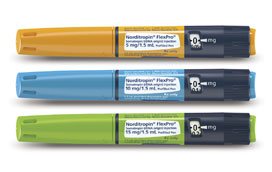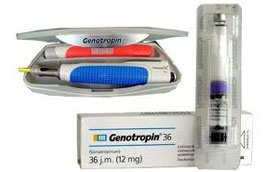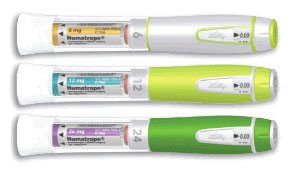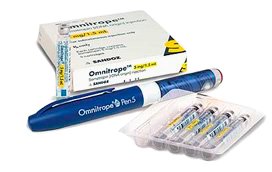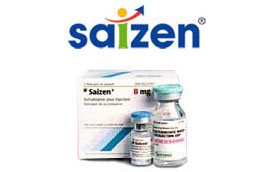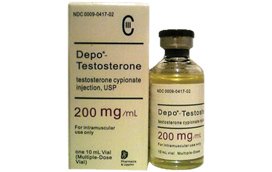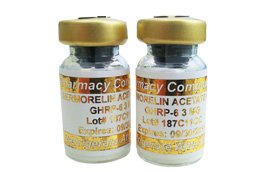Benefits of Testosterone Therapy for Your Bones

We often speak about low testosterone in terms of muscle decline, low libido, and decreased productivity, but there are underlying medical conditions that are also associated with a drop in testosterone production. Osteopenia, the precursor to osteoporosis, is more common in men with low testosterone levels than those with normal levels.
The longer a man is in a state of hypogonadism, the greater his risk of developing one of these two conditions. That is why the use of testosterone therapy for your bones is recommended if you have low testosterone levels along with some of the symptoms of Low T.
In a study out of Harvard Medical School and Men’s Health Boston, 35 percent of the tested men with hypogonadism had osteopenia. Low testosterone is even more dangerous for women who live longer than men and have a much greater risk of developing osteoporosis. Since men are, on average, more physically active than women during the span of their lives, they tend to have a higher degree of bone density as exercise has a tremendous impact on both testosterone and bones.
If you are concerned about osteopenia and osteoporosis, check out the benefits of testosterone therapy for bones:
|
|
|
Low Testosterone and Osteoporosis – How Testosterone Therapy Can Help
Osteoporosis is one of the most debilitating conditions as a person ages. Broken hips are the leading cause of decreased quality of life for elderly people who experience a fracture. Only two in five adults will be able to return to the level of activity they had before the accident. That is why testosterone for male osteoporosis is just as important as for women.
Broken wrists occur more often around menopause due to bone loss that occurs at that time. Broken wrists between the ages of forty and sixty can often signal the early signs of osteopenia and osteoporosis.
Why is testosterone good for bones even long after you are done growing?
Although you reach your adult height by your late teens or early twenties, your bones are in a constant state of growth. New bone cells form and grow to replace the ones that die and get reabsorbed into the body. The testosterone effect on bone density occurs in many different types of bone cells, including:
- Osteoblasts – bone forming cells
- Osteoclasts – bone dissolving cells
- Osteocytes – former osteoblasts that lie within fully formed bones
A decrease in these bone cells occurs when not enough testosterone is available for the body to use. When you begin testosterone replacement therapy, bone density begins to improve. The effects of treatment often last long beyond the end of therapy – especially if the individual has utilized the many benefits of TRT to increase exercise and physical activity which also helps strengthen bones.
The more you understand about the benefits testosterone therapy for your bones, the better able you will be to protect bone density as you age.
Testosterone and Bone Fractures
Men are less likely to know that they have osteoporosis than women because this condition is not promoted as heavily in them. A simple x-ray may help a man take steps to prevent fractures.
For some people who experience fractures and are found to have Low T, the use of testosterone for broken bones may accelerate healing time. Studies on mice have shown that both testosterone and estrogen play significant roles in the healing process, and since increasing testosterone levels can naturally increase estradiol, this treatment can have a double benefit.
How does testosterone heal bones after a fracture?
The first way is by stimulating growth hormone production for the formation and building of bone cells, and the second way is by increasing estrogen to protect bone density. This use of testosterone therapy for your bones is important to ensure that you heal faster and return to your normal routine as soon as possible after a fracture.
How to Use Testosterone Therapy for Stronger Bones
For males with osteoporosis, low testosterone is the likely cause. A hormone therapy specialist will run diagnostic blood tests to confirm Low T before providing any treatment program.
How does testosterone strengthen bones once a diagnosis of osteoporosis is given?
It is never too late in life to help rebuild and strengthen bones. Of course, the earlier you take action, the quicker you will see results. As testosterone increases bone density, joint pains tend to decline, and flexibility and mobility begin to improve.
If you have Low T and do not seek treatment with a doctor experienced in balancing hormone levels, you will likely continue to lose bone mineral density and suffer from weakening and brittle bones that put you at a higher risk of debilitating fractures in later years.
It is easy to receive testosterone therapy for your bones by contacting a hormone specialist who will examine your blood levels to determine if a deficiency is present.
For further information about testosterone replacement and bone density, or to schedule a blood test at a local diagnostic facility, please contact Kingsberg HRT Clinic today for a free consultation.













